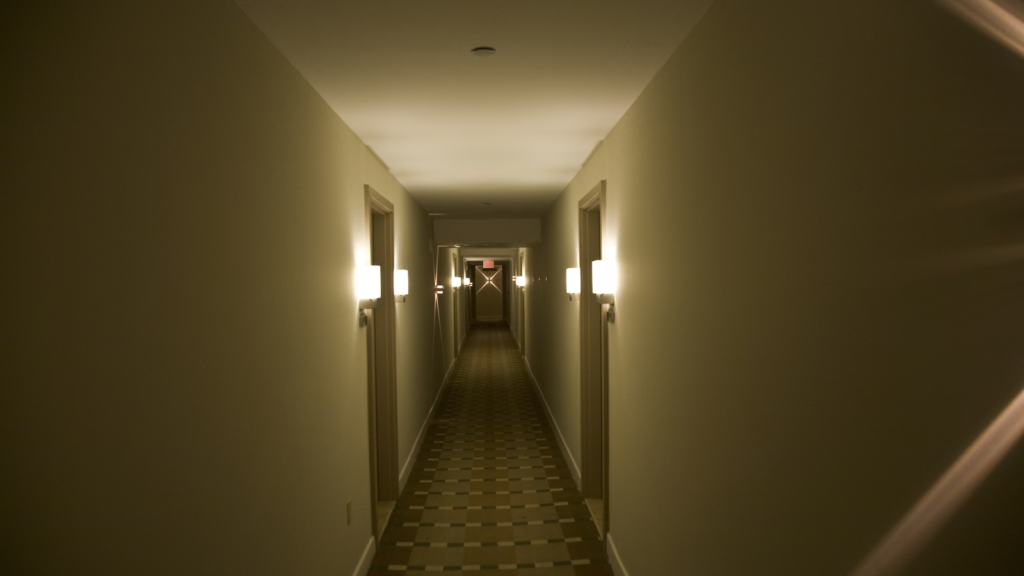Born in the USA Michigan 1953 Casebere was a regular student at Minneapolis University studying arts and design, and graduated in 1976. This lead Casebere to building miniature sculptures in the form of odd structures and hallway types, which he would eventually start to photography in ways which looked almost imaginary and as if it was created by AI. He uses simple materials which you could find at home, and use them to create complex models.

Casebere subjects that he designs are a lot of modernised houses which float on water, but are subject to a dark or naturalist background which to him is a way of representing the worlds environment which to him is a problem at the moment because of humans. So his work like Thomas Demand represents an essence of political and problematic meaning which relates to a lot of people. His inspiration had started from the eastern Mediterranean in Spain with their architecture becoming an interesting starting point for him, with some of their simplified but complex structures standing out, his models grew into extremely familiar dream like subjects. But in an interview with uzomah ugwu and Casebere, he described in his early life the drive or expression to build theses sculptures through his view on the suburban architecture and his father. where he said, “It started with my personal experience of space in the suburbs and the anxiety, and fear, inside my home”, talking about how his father was an introverted man who was unpredictable when he was angry. And Casebere’s way of expressing himself he implies was through creating sculptures, but also the fear of his father/parents being very lenient on him practicing architecture.


I personally like his work because of how he lays out his sculptures and how he photographs them, its as if they work in unison together to create an aesthetic image with some type of familiarity to it. Specifically the consistent use of water in his images and how his lighting reflects against the water, and just creates a sense of confusion and mystery to his images. But also when he photographs the inside of his sculptures he uses a lot of patterns and shapes which with his lighting makes it look nostalgic in a way. His work links a lot to Liminal space because of how some of his sculptures include the inside of “areas” which would include a familiarity to how it looks but also how some of the environment of his work is something you might have seen before. His consistent use in water contextually does link the the environment but without this context creates this docile sensation, as if the subject is out at sea without anything or anyone else, or it presents the feeling of abandonment and destruction because of unknown reasons. I will respond to his work with attempting to create my own type of sculpture which will convey the same feelings as Casebere’s work does. My idea for this will involve a type of “birthday party” type environment which will look empty and messy, and I’ll use different lighting to experiment how the image will look, and attempt to include artificial water or even try physical water to make a more realistic effect.




